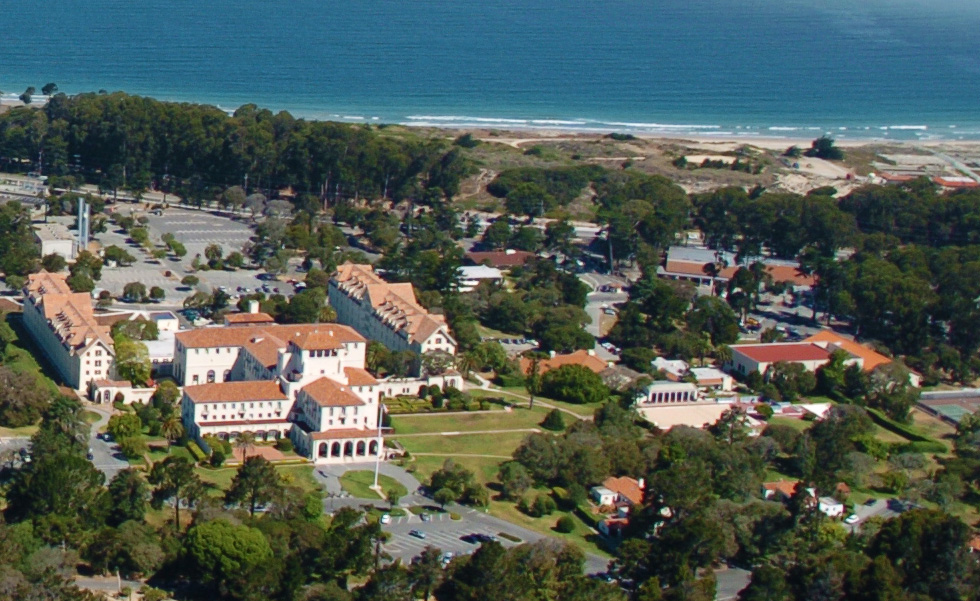
A paper arguing that conventional methods of calculating ocean currents are flawed has been retracted because its own calculations ran aground.
The article, “A Complete Formula of Ocean Surface Absolute Geostrophic Current,” was written by Peter Chu, of the Naval Ocean Analysis and Prediction Laboratory, part of the Naval Postgraduate School in Monterey. Chu is a distinguished professor and chair of the Department of Oceanography at the NPS, whose mission is to:
Provide defense-focused graduate education, including classified studies and interdisciplinary research, to advance the operational effectiveness, technological leadership and warfighting advantage of the Naval service.
Chu’s paper, which appeared in Scientific Reports in January 2020, argued that:
the common practice in physical oceanography and satellite geodesy is not correct. The horizontal gradient of dynamic ocean topography alone cannot be claimed as the surface absolute geostrophic current.
The article has been cited twice — once by Chu himself in another Scientific Reports article published in February — according to Clarivate Analytics’ Web of Science.
Per the retraction notice:
In this study the Author treated the sea surface (S) and the marine geoid (N) as the two material surfaces and used the thermal wind relation between S and N to derive the formula for the ocean surface absolute geostrophic current with the intention to revise the oceanographic community’s standard formula for surface geostrophic currents by allowing for nonzero flow at the level of the geoid. This approach was incorrect since the traditional formula currently used by the oceanographic community makes no such assumption, and is not derived by integrating from the geoid to the sea surface. Instead, it is derived via a direct relationship between sea surface elevation changes relative to N.
The commonly-used description of the geoid as “the sea surface when there is no flow” refers to a hypothetical situation. If the sea surface elevation (S) was governed only by geostrophy and coincided with one particular equipotential taken as the geoid, then there would be no flow on this surface. The geoid is an imaginary surface that could be either above or below the actual sea surface. An additional error was present in that the derived formula had an opposite sign in dynamic ocean topography (D) term.
The Author agrees with the retraction and the wording of this retraction notice.
Chu declined to comment.
We asked the journal why these errors — which seem to be rather fundamental — weren’t picked up in the peer review or editing processes. Rafal Marszalek, the deputy editor for Scientific Reports, which is published by Springer Nature, told us that the journal learned about potential problems with the paper in mid-2020:
at which point we worked to secure advice and review from appropriate experts and started communication with the author, which took some time to conclude. We do, of course, hope that peer review will identify all errors in papers prior to publication, but peer review is a human endeavour and as such these errors are sometimes missed. We are committed to addressing this through rigorous investigation and appropriate action when concerns are brought to us post publication.
Like Retraction Watch? You can make a tax-deductible contribution to support our work, follow us on Twitter, like us on Facebook, add us to your RSS reader, or subscribe to our daily digest. If you find a retraction that’s not in our database, you can let us know here. For comments or feedback, email us at [email protected].